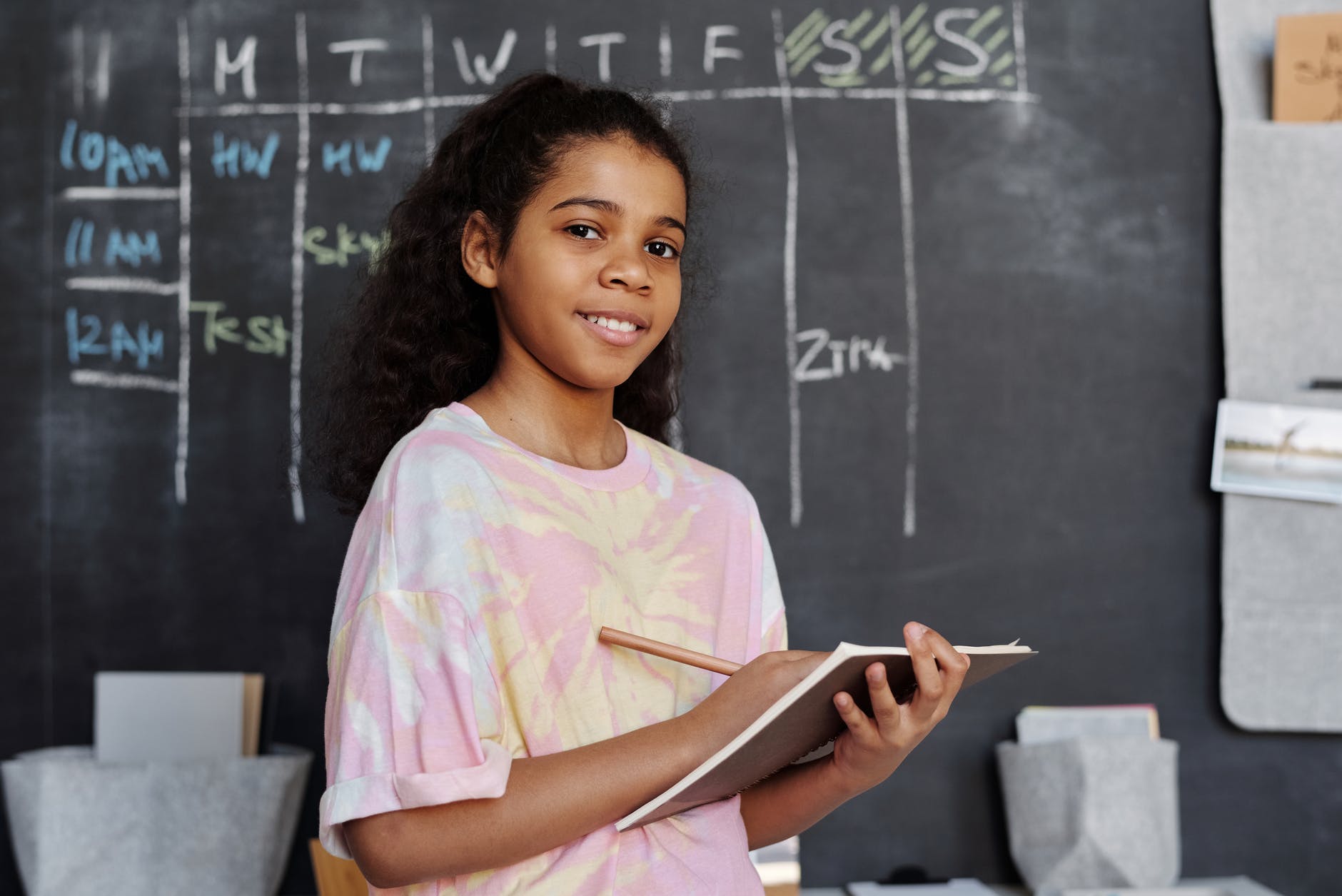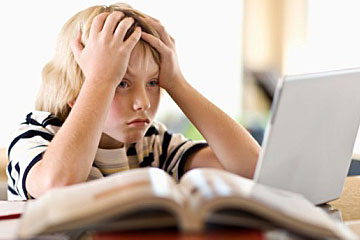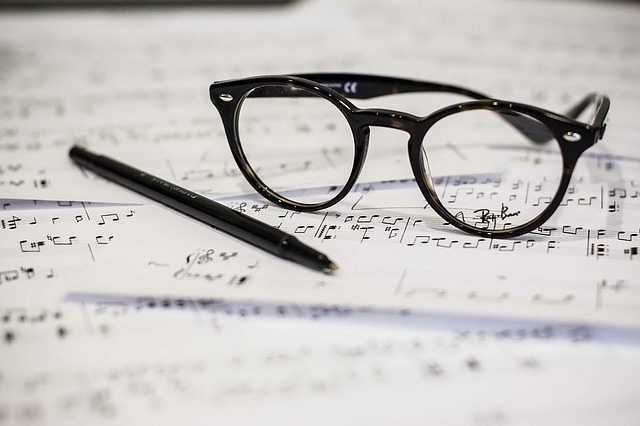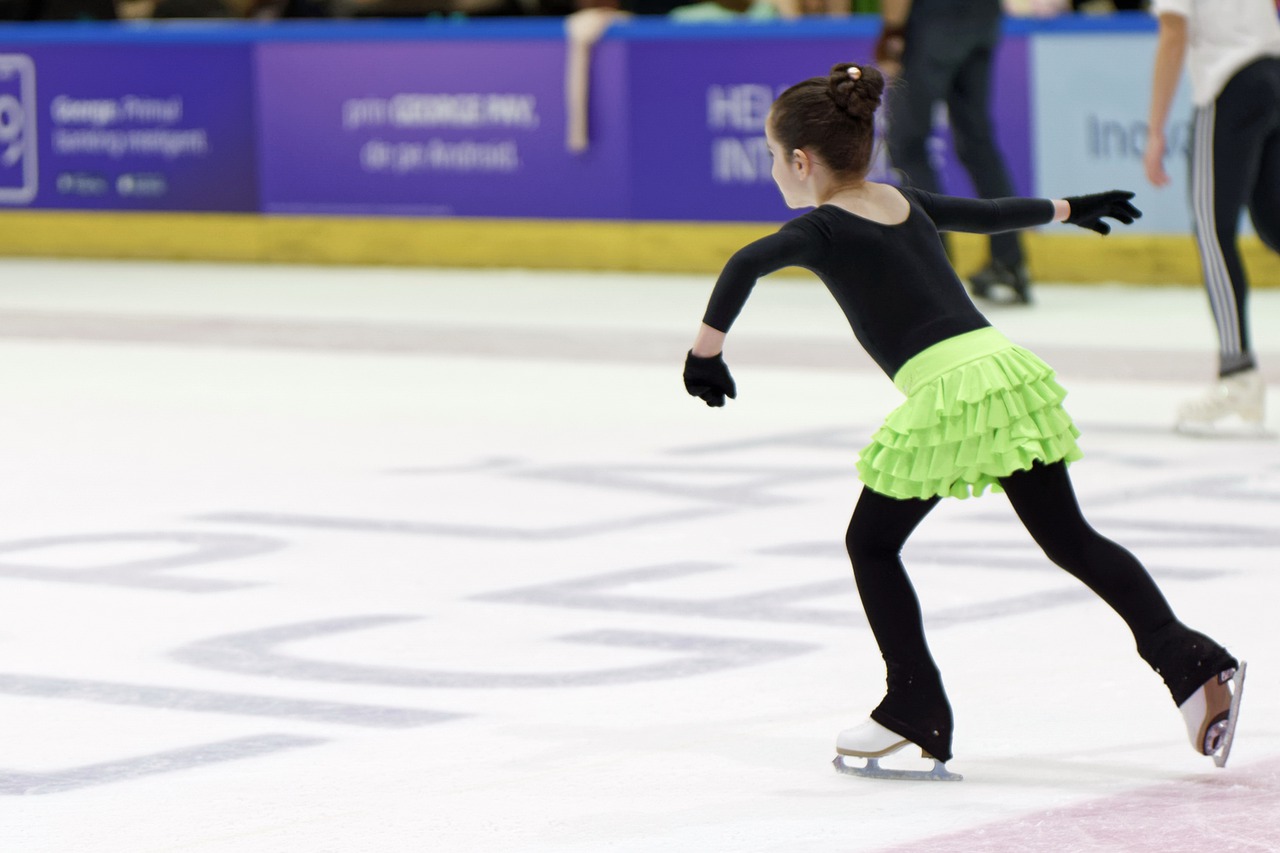
Vision therapy can help older kids (teens) and adults too!
M came to us because he was having troubles at school and was concerned as he was going to be starting high school soon. He lost his place often when he read and tended to skip words. He also found it difficult looking at a crowded page and pulling information from it and sometimes experienced dizziness.
After vision therapy, M reported that he wasn’t losing his place while reading and found it easier to focus when reading or doing other activities that required a lot of concentration. His mom also noticed that he stopped complaining of dizziness and that reading seemed much easier for him. She was surprised to notice that his testing times improved consistently!
Congratulations M! We will miss you and your love of basketball and the Raptors.





